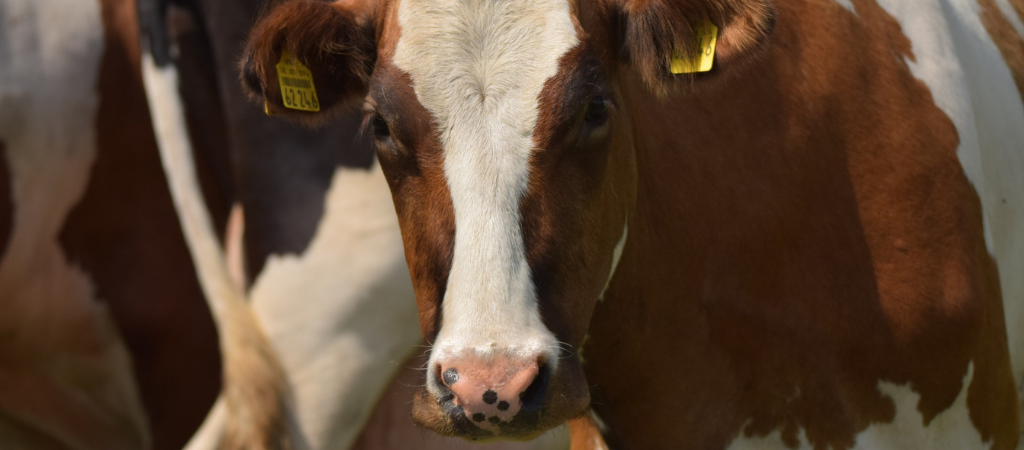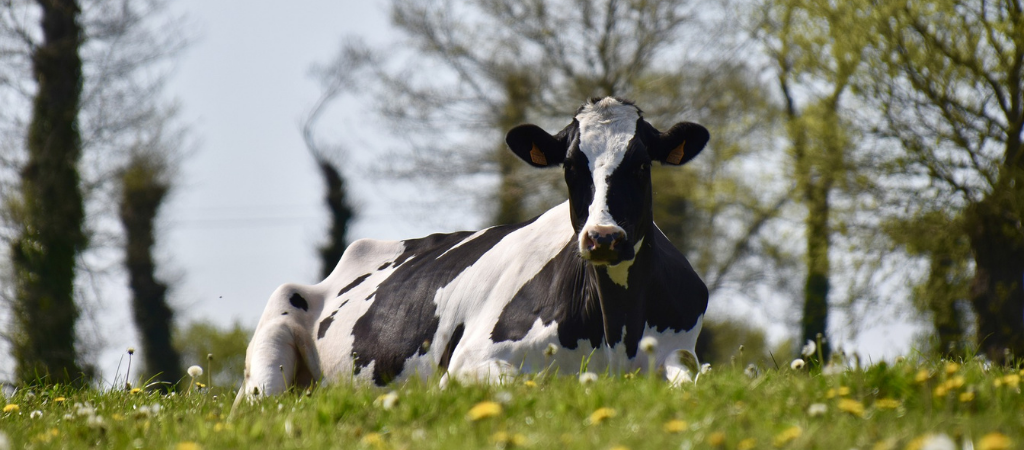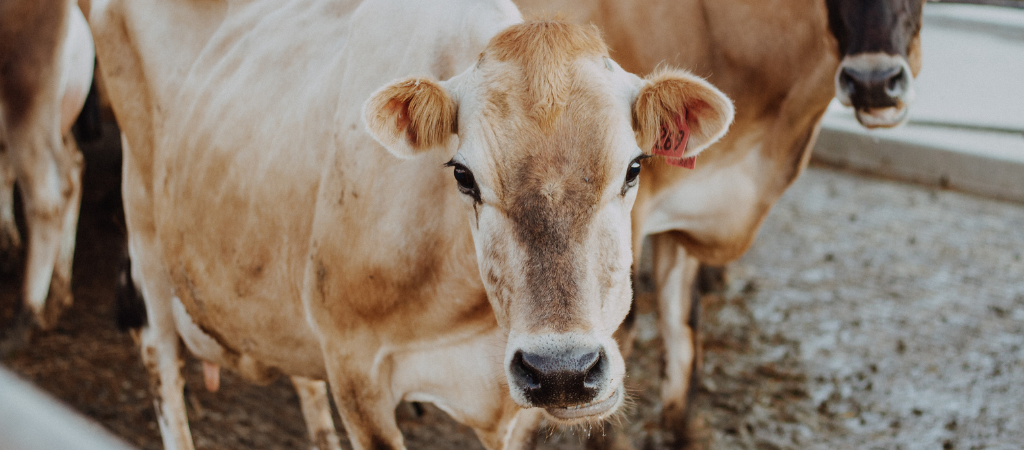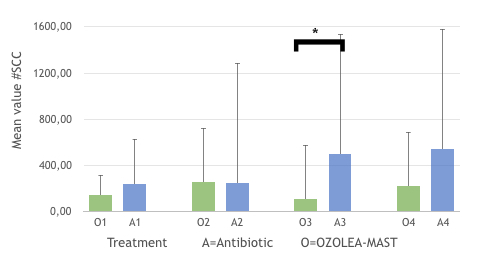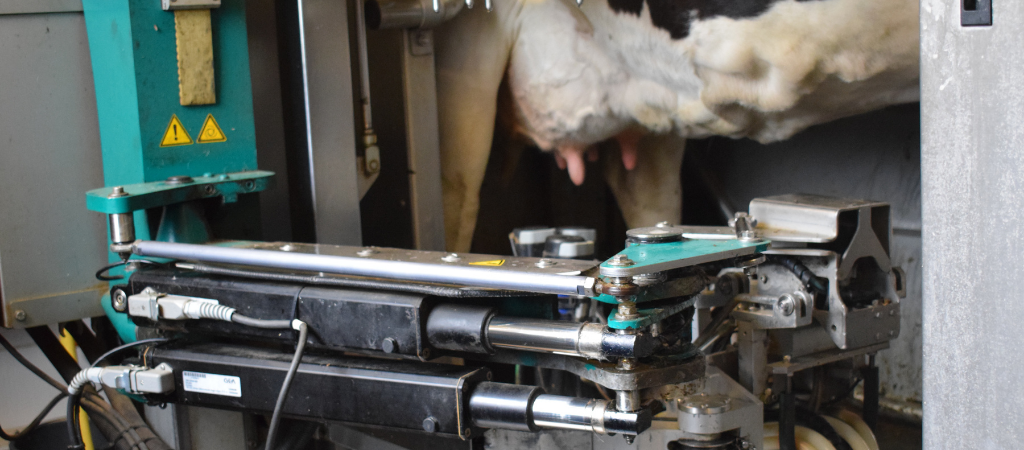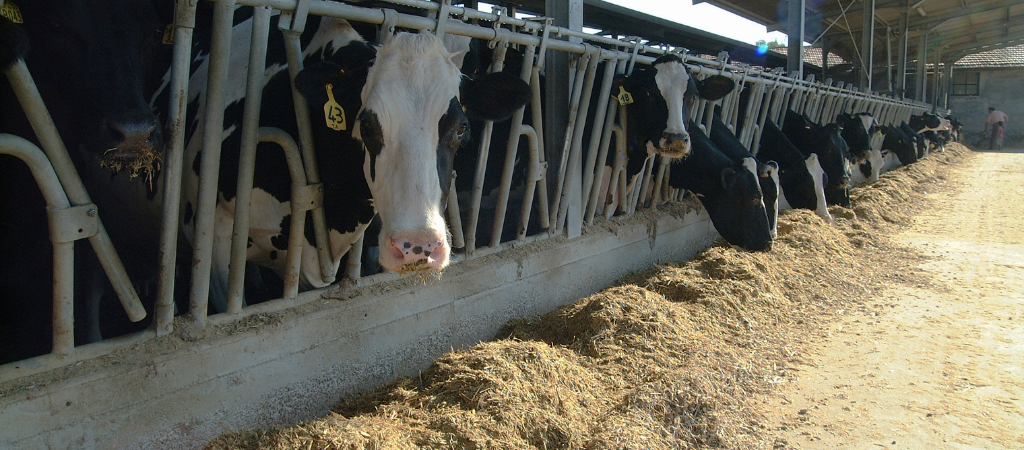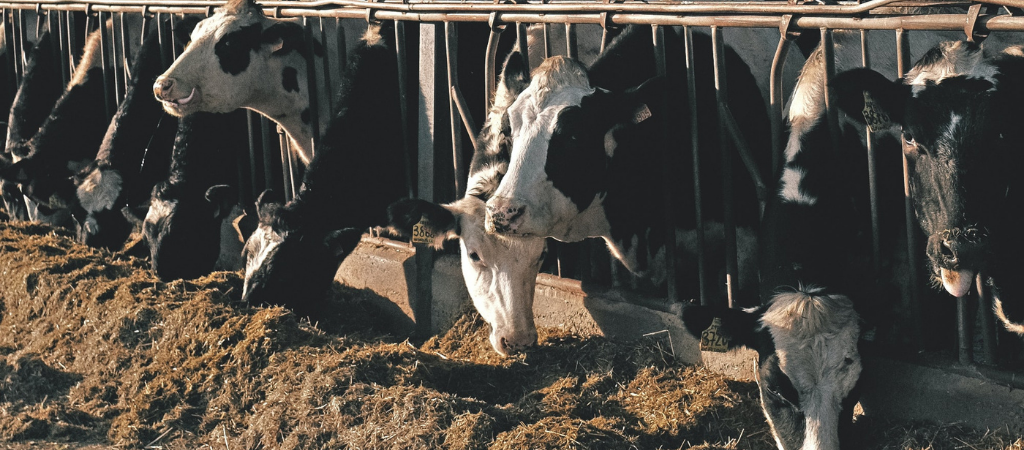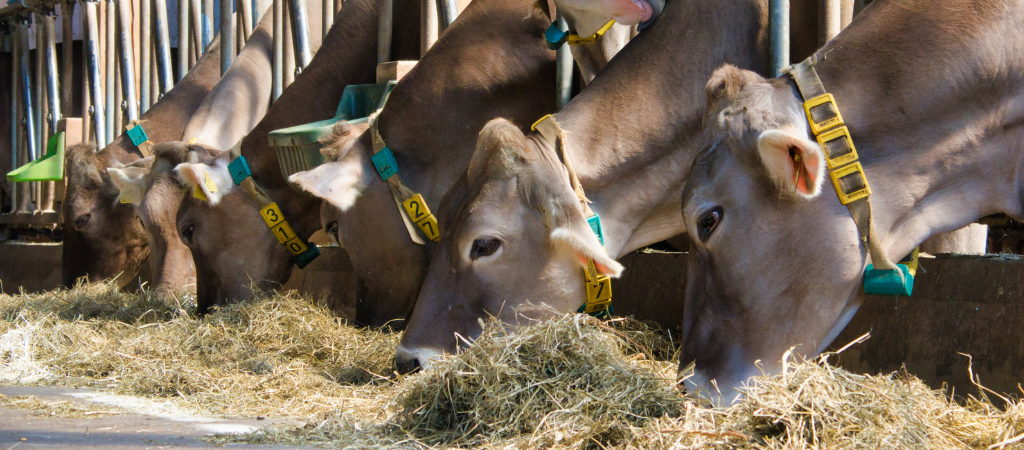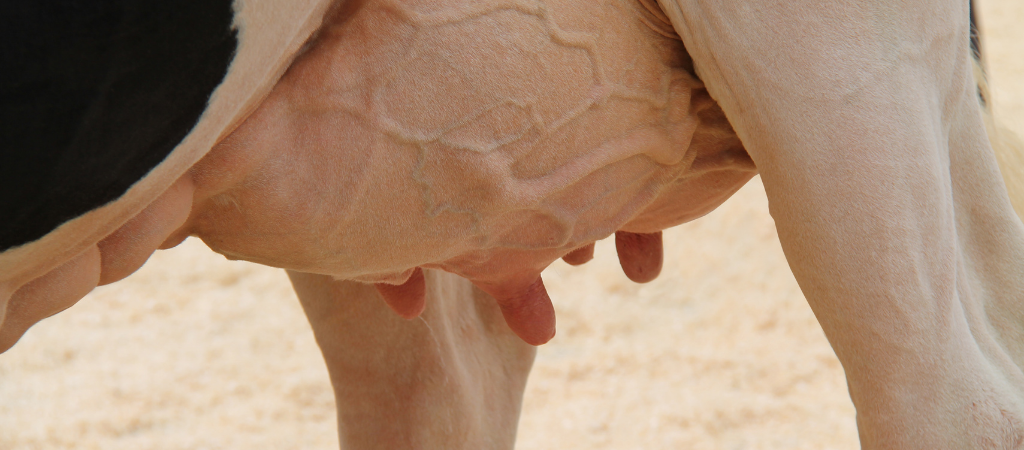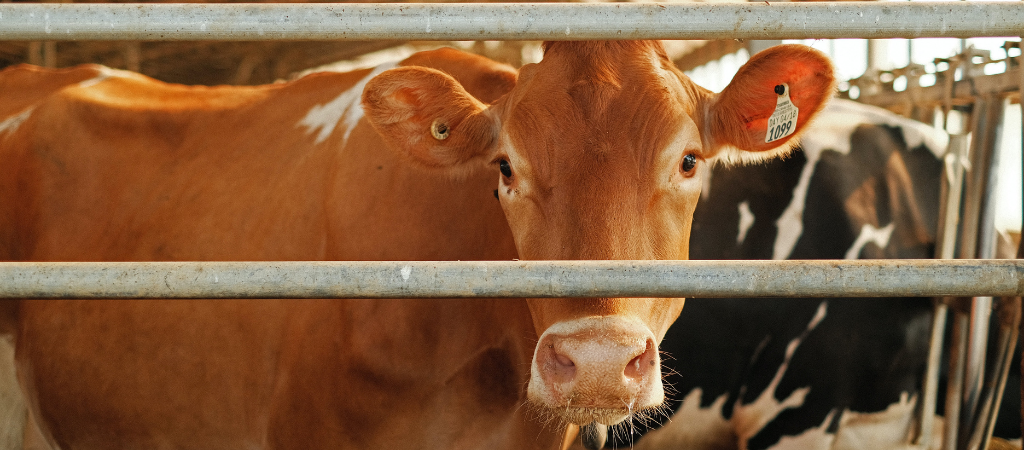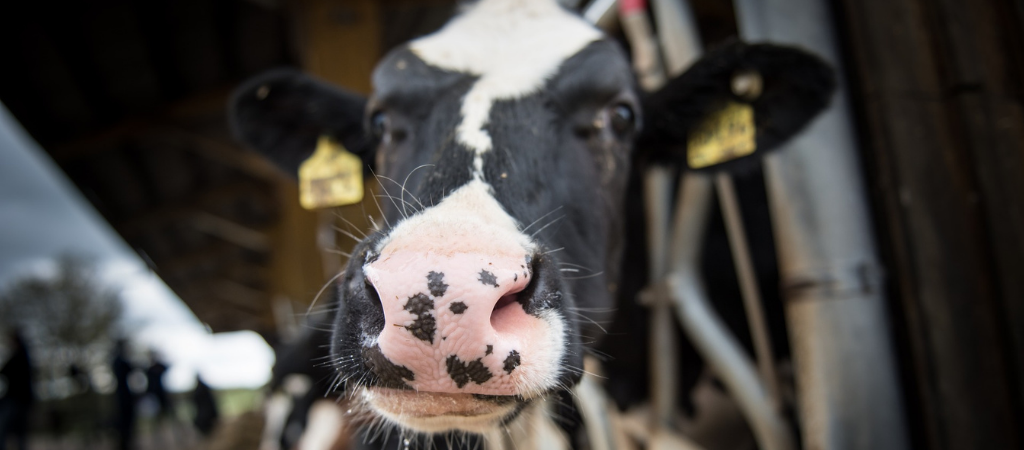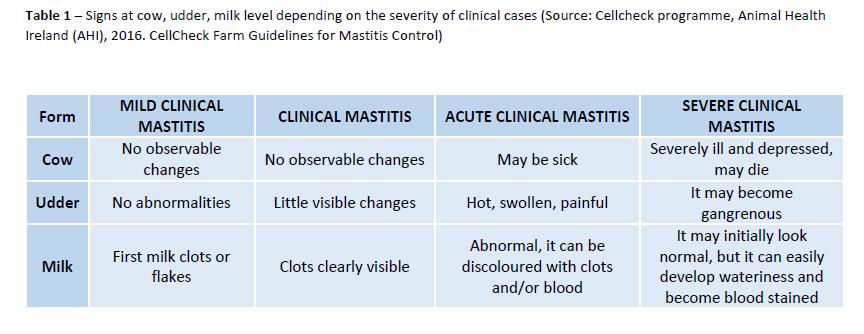At OZOLEA, we stress the importance of tissue integrity and healthy udder. The reason lies in the cow’s natural defense mechanisms, which also includes epithelial cells.
At a macroscopic level, the first natural line of defense against pathogens causing mastitis is the teat, in particular the teat skin. Its integrity is essential to prevent bacteria from entering the teat canal, which is another key element in first line defense mechanisms.
The teat canal can be considered a barrier against pathogens, when intact and functional. Between milkings and during the dry period, the teat canal is sealed by a keratin plug stemming from the stratified epithelial layer of the canal; this plug plays a role as a physical barrier against bacteria. Between milkings, sphincter muscles maintain tight closure; after each milking, sphincter muscles require two hours to contract and close the teat canal.
The integrity and elasticity of sphincter muscles will be vital against infections, but this is an issue we will discuss in the next weeks.
The lumen of the teat canal is an aseptic environment. Moreover, unlike other epithelia (e.g., intestinal, buccal, or upper respiratory epithelia), the mammary epithelium is generally not stimulated by bacterial components, and bacteria are taken as intruders.
Bacteria can overcome the barriers described above, entering the gland and causing infections. In the mammary gland, cellular and humoral mechanisms represent other lines of defense. If the infection is not eradicated, bacteria proliferate and start damaging mammary epithelium. The tissue damage proceeds until the loss of structural integrity of alveoli and the breach of the blood-milk barrier.
As a consequence, the somatic cell count in milk rises and changes in milk and udder are observable. In addition, the immune response involves different chemical reactions that further worsen the tissue damage (Zhao and Lacasse, 2008). Researchers (Zhao and Lacasse, 2008) suggested that the effects of proteolytic or oxidative cascades on udder tissue occurring during immune response could be reduced by pharmacological intervention. However, creating new specific active substances is found to be in contrast with the goal of tackling antimicrobial resistance development.
Besides the function as a cellular barrier, there is evidence that epithelial cells are vital in defense responses. In addition to acting as an initial sensor of dangers, their integrity is critical to their immunocompetence and role as a physical barrier against harmful molecules and microorganisms (Günther and Seyfert, 2018). This means that udder tissue has the potential to autonomously manage infections.
Aiming at the reduction of veterinary medicinal products in general, and antibiotics in particular, OZOLEA designed a tool, OZOLEA-MAST, which combines a new concept for physical udder tissue support and protection with improved herd management practices.
As we discussed in the last articles on SSafeMILK protocols, one of the key features of OZOLEA-MAST is its versatility of use in different situations, both in lactating cows and at dry-off. This is because an intact mammary epithelial tissue is able to defend itself against bacteria.
Pascal Rainard, Céline Riollet. Innate immunity of the bovine mammary gland. Veterinary Research, BioMed Central, 2006, 37 (3), pp.369-400. ff10.1051/vetres:2006007ff. ffhal-00903030
Günther J., Seyfert H.-M., 2018. The first line of defence: insights into mechanisms and relevance of phagocytosis in epithelial cells. Seminars in Immunopathology. (2018) 40:555–565 doi: https://doi.org/10.1007/s00281-018-0701-1
Zhao X., Lacasse P., 2008. Mammary tissue damage during bovine mastitis: Causes and control. J. Anim. Sci. 2008. 86(Suppl. 1):57–65 doi: 10.2527/jas.2007-0302

